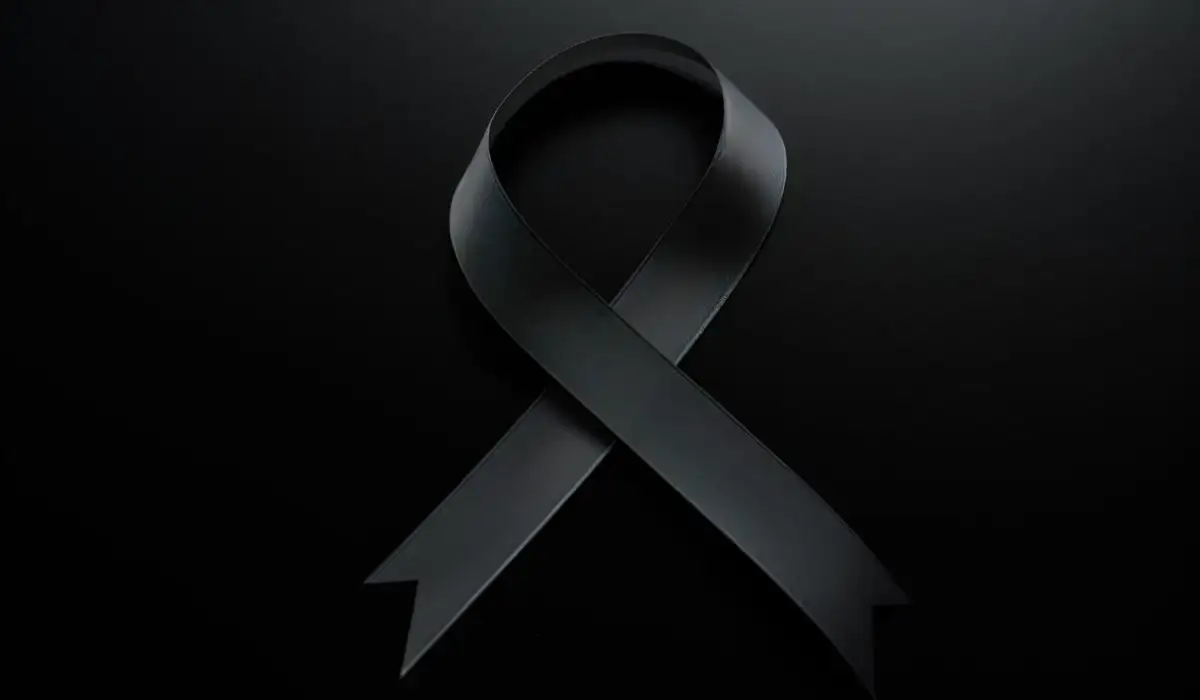Each year, on the 23rd of August, nations across Europe observe the Day of Remembrance for Victims of Stalinism and Nazism. This is also commonly known as Black Ribbon Day. The day is marked with solemnity, aimed at remembering and paying respect to the countless individuals who suffered and perished under the oppressive regimes of Adolf Hitler and Joseph Stalin.
This day serves as a stark reminder of the devastating consequences of 20th-century totalitarian ideologies - Stalinism and Nazism. This in turn emphasizes the critical importance of promoting and maintaining a system of democracy, peace, and human rights.
History of European Day of Remembrance for Victims of Stalinism and Nazism
The tradition of observing this day originated in 1986, initiated by a diverse range of victim associations, historical associations, human rights organizations, and political parties from North America. As time passed, recognition of this day spread across other countries. In 2008, the day received official recognition from the European Parliament and was set aside as a day of remembrance throughout Europe.
August 23 was chosen deliberately, reflecting the date in 1939 when the Nazi Germany and Soviet Union signed the Molotov-Ribbentrop Pact. This notorious agreement, which contained secret clauses, carved Eastern Europe up into areas of influence governed by these two oppressive regimes.
This memorial day is centered around acknowledging the victims of mass deportations and exterminations, advocating democratic principles, and striving towards the prevention of similar atrocities. Beyond acknowledging the crimes against humanity committed by Nazi and Soviet regimes, the day serves to counteract efforts to justify or glorify these authoritarian powers.
Commemorative events, educational activities, and memorial services are organized on this day with an aim to raise public understanding about the heinous acts of these totalitarian regimes. The United States, Canada, the European Union and its member nations, and numerous other countries worldwide observe the day, staging various official ceremonies and events each year.
European Day of Remembrance for Victims of Stalinism and Nazism Timeline
Molotov–Ribbentrop Pact
The Molotov–Ribbentrop Pact, signed on August 23th 1939, was a non-aggression pact between the Soviet Union and Nazi Germany.
Origin of Black Ribbon Day
Western communities of refugees from the Soviet Union established Black Ribbon Day to protest agains the Soviet Union.
Baltic Way
Black Ribbon Day protests in the Baltic countries led to revolutions and culminated in the Baltic Way in 1989.
Proclamation of Remembrance Day
August 23 was officially proclaimed as the European Day of Remembrance for Victims of Stalinism and Nazism, known also as the Black Ribbon Day.
Warsaw Declaration
European government representatives and members of civil society gathered in Warsaw to affirm their commitment to human rights and justice for victims of crimes committed by totalitarian regimes.
10th Anniversary
The 10th anniversary of the European Day of Remembrance for Victims of Stalinism and Nazism was marked by various events including exhibitions, discussions and film screenings across Europe to remember the victims of these totalitarian regimes.
Ideas to Celebrate European Day of Remembrance for Victims of Stalinism and Nazism
Educational Forum on the History of Stalinism and Nazism
Organize an educational forum where historians and researchers present knowledgeable discussions about the victims of Stalinism and Nazism. This way, the attendees will have a better understanding about the atrocities committed during this period and a deeper respect towards the victims.
Silent March of Reflection
Host a silent walk or march through local parks or streets to remember the victims of Stalinism and Nazism. This event could provide a solemn, respectful way to pay tribute to those who suffered.
Documentary Screening and Discussion
Arrange a screening of documentaries that focus on the Stalinist and Nazi regimes, followed by a discussion allowing attendees to reflect on the historical events and their implications.
Fundraising Event for Memorial Projects
Organize a charity event to raise funds intended to build or maintain memorials for the victims of Stalinism and Nazism. This provides a tangible symbol of remembrance and ensures their suffering is not forgotten.
Holocaust & Gulag Survivor Speech
If possible, invite a survivor or their descendants to share their personal stories. Their experiences and perspective can serve as a potent reminder of the human cost of such ideologies.
6 Interesting Facts About European Day of Remembrance for Victims of Stalinism and Nazism
Historical Background
European Day of Remembrance for Victims of Stalinism and Nazism is also known as the Black Ribbon Day. It is designated by the European Parliament to honor the victims of totalitarian regimes.
Date Significance
The day is commemorated annually on August 23. This date is a symbolic convergence of Nazism and Stalinism, as it marks the anniversary of the 1939 Molotov-Ribbentrop Pact – a non-aggression agreement between Nazi Germany and the Soviet Union.
Purpose
The day is meant to promote democracy, peace, and stability in Europe, emphasizing the importance of remembering past atrocities to prevent the recurrence of such events.
Global Observation
While primarily recognized in Europe, the day is also observed globally – particularly in countries that were significantly affected by Nazism and Stalinism. This includes nations like U.S, Canada, and Australia.
Pan-Europeanism
The European Day of Remembrance not only pays tribute to the victims, but also highlights symbols of pan-Europeanism and solidarity.
Support
The initiative for this day of remembrance was supported by 40 NGOs and other organizations that are devoted to research, memory preservation and human rights.
European Day of Remembrance for Victims of Stalinism and Nazism FAQs
Next European Day of Remembrance for Victims of Stalinism and Nazism Dates
| Year | Date | Day |
|---|---|---|
| 2023 | August 23rd | Wednesday |
| 2024 | August 23rd | Friday |
| 2025 | August 23rd | Saturday |
| 2026 | August 23rd | Sunday |
| 2027 | August 23rd | Monday |
| What is the pattern? | Every August 23rd | |
European Day of Remembrance for Victims of Stalinism and Nazism Word Search
- Remembrance
- Victims
- Stalinism
- Europe
- History
- Justice
